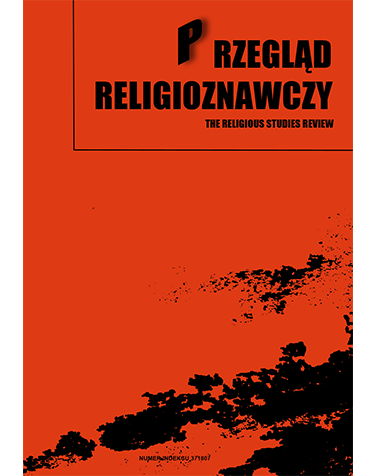Religious symbolism and contemporary culture. The case of Europe
Słowa kluczowe:
religious symbolism, European culture, popular cultureAbstrakt
The aim of this paper is to analyze the ways in which religious symbols are present in non-religious spheres of contemporary European culture. It is widely known that, as a result of secularization, religious symbolic language is no longer present in the public sphere and culture of contemporary European societies in the same way as it was in the past. At first sight, it seems that it has lost its relevance for other fields of culture as well as for everyday communication, and that religion has become a relatively closed system of communication. However, more thorough investigation shows that various religious symbols are widely used in many fields of secular culture. The fundamental question concerning religious symbols is whether and, if yes, in what particular way, they change their meaning as a result of being used in non-religious cultural activity. What is the reason that previously marginalized religious symbols reappear in secular culture? It may be hypothesized that religious symbols are not culturally contingent, but they constitute a universal dimension of culture and are deeply rooted in the human mind.







